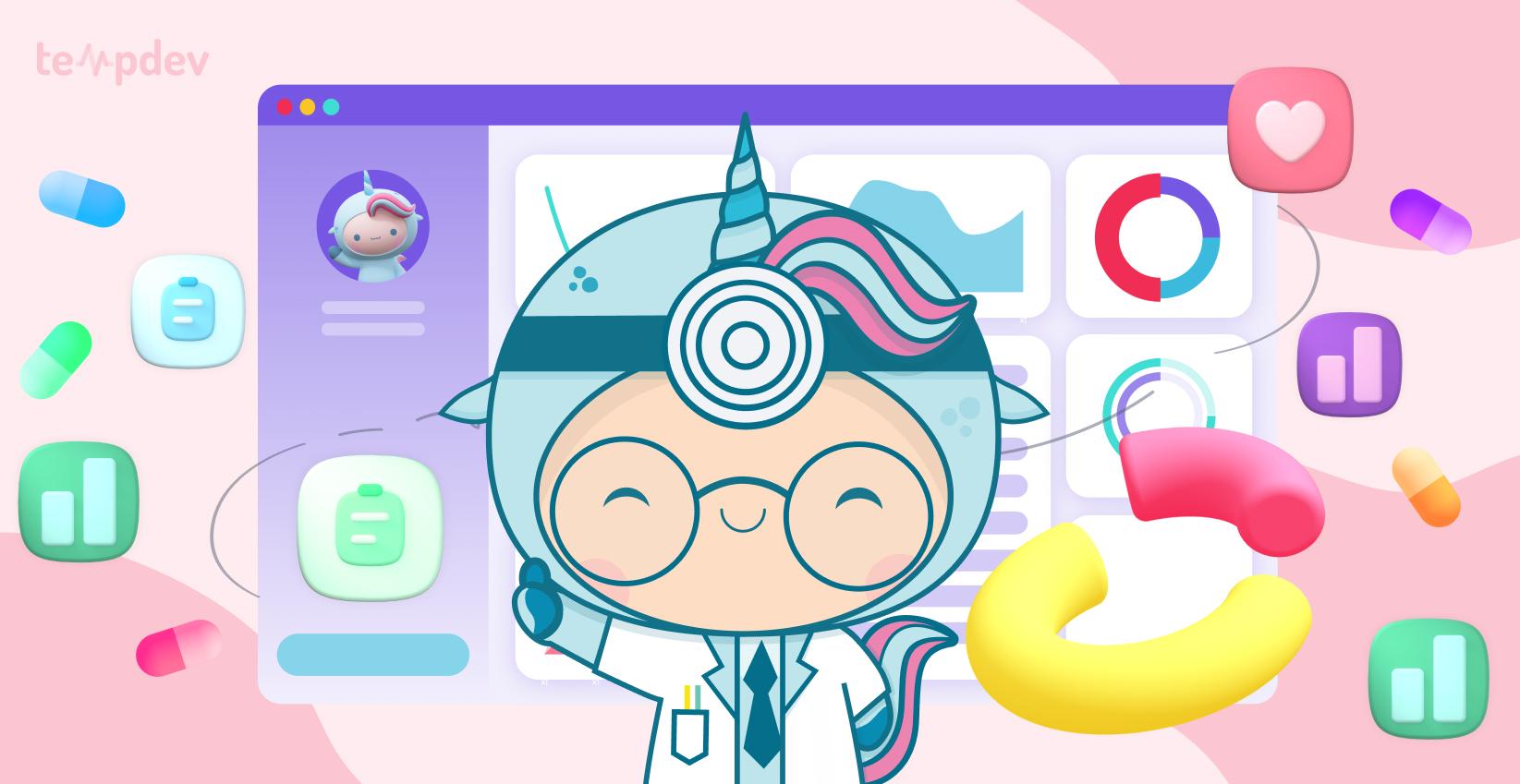
Related articles:
7 Ways to Improve the Patient Experience When Faced with Appointment Overflow
Read ArticleOvercoming Implementation Challenges: Best Practices for Integrating AI in Healthcare Organizations
Read ArticleTop 5 Healthcare Trends: Telehealth, Blockchain, VBC & More
Read ArticleAs you look at healthcare IT trends in 2022, the first thing that becomes clear is the fact that 80 percent of healthcare providers plan to increase their investments this year, according to the HIMSS Future of Healthcare Report. With the continued growth in the healthcare industry, paired with the advancements in technology, providers have little choice but to respond by ramping up their IT infrastructure to respond to the new demands.
The growth in healthcare technology is splintering off in a myriad of directions, with focal points in personalized medicine, wearables, genomics, telemedicine, artificial intelligence (AI), extender reality (XR), cloud computing, and the internet of things (IoT). Here are five healthcare IT trends in 2022.
Healthcare IT Trends in 2022: Cloud-Based Computing
Information overload and burnout are affecting healthcare organizations in record numbers. Some 93 percent of organizations consider cloud-based services to augment their internal infrastructure services. With a cloud-based, hosted infrastructure, you can more easily respond to rapid growth, regulatory, and optimization requirements.
With cloud-based services, you can minimize usability issues while supporting the level of service and reliability your patients expect. TempDev can assist you with discovering flexible solutions designed to meet your needs, you can more easily make use of the power and ultimate possibilities of a cloud-based system. It’s one of the big healthcare IT trends in 2022.
Healthcare IT Trends in 2022: Virtual Care in Healthcare
With 95 percent of organizations supporting telemedicine, the trend is expected to continue. Already, two-thirds of emergency room visitors were avoidable, which would save $32 billion every year. Some 71 percent of patients said they've been fearful of visiting a medical office or hospital in person. So virtual visits are now more important than ever before to accomplish basic care and treatment.
Patients can easily review labs and imaging results, manage their medication, conduct pre- and post-procedure appointments, and much more. With the seamless integration of your telehealth virtual visit into your electronic health records (EHRs), you and your patients can ensure speedy and healthy workflow and patient management (PM) software without the often-inevitable delays of in-office visits.
Healthcare IT Trends in 2022: Remote Patient Monitoring in Healthcare
With the new levels of aversion for in-office medical visits, it’s not surprising that Remote Patient Monitoring (RPM) is so popular for medical providers and patients. Patients can easily track their progress via wearable devices, or they can add vital details to a database from the convenience of a tablet, smartphone, or laptop. That saves them from the frequent office visits and frees up their schedules.
RPM is part of the trend toward interoperability, which was already so evident last year. It supports greater accessibility while supporting real-time and immediate patient engagement and updates. TempDev’s team supports integration and cross-platform interoperability between EHR, PM, and RPM systems. That level of interoperability and integration with remote patient monitoring is one of the big healthcare IT trends in 2022.
Healthcare IT Trends in 2022: Altered or Extended Reality Tools in Healthcare
Extended reality (XR) covers the use of augmented reality (AR), virtual reality (VR), and mixed reality (MR). As virtual care and remote patient monitoring both become such huge areas of growth in the healthcare industry organizations are looking for ways to use XR to better meet the needs of their staff and patients.
Current use cases include VR headsets that train doctors in complex surgical procedures. Healthcare providers can now use VR as an assistive technology to treat children with autism or they can use it to help patients better cope with anxiety, pain, or even schizophrenia. Similarly, AR systems, like AccuVein, help nurses and doctors to more easily locate veins for shots or injections.
Healthcare IT Trends in 2022: Automation and Artificial Intelligence
Healthcare already involves huge amounts of imaging data, with CT, MRI, and X-rays just a small representation. With so many sources of data, healthcare providers are now exploring augmented ways to automate initial patient visits. It would address much of the triage time to free up doctors to address the more critical needs of patients.
Artificial intelligence and automation are also essential as healthcare providers look for better ways to offer preventative medicine support and services. TempDev supports NextGen templates, dashboards and reports to help you better provide high-quality care that is more seamlessly integrated with patient-facing digital tools.
How Tempdev Can Help With Healthcare IT Trends in 2022
TempDev’s team of NextGen experts support the Healthcare IT Trends in 2022. TempDev supports your need for custom automation, dashboards, remote patient monitoring, telehealth, and workflow redesign. You'll find the tools and resources you need, with top tips and tricks that will ensure your success.
Contact us here or by calling us at 888.TEMP.DEV to get the help you need with implementing the top healthcare IT trends in 2022
Interested?
Agree with our point of view? Become our client!
Did you enjoy this read? Feel free to share it with your contacts.







